For PPC marketers judged on generating a return on advertising spend, it’s tempting to focus on bottom-of-the-funnel tactics to generate last-interaction conversions.
However, upper funnel advertising is vital to sustainable growth and avoiding stagnation. After all, you can’t get more customers if they aren’t aware of your company, product, or service.
Upper funnel advertising refers to messaging that reaches users before they are aware of your brand, product, or service. Example formats include video, display, and sponsored content.
When done right, targeted advertising to build awareness will put you in front of ideal customers before they start looking for competing services, letting you emerge as the top choice.
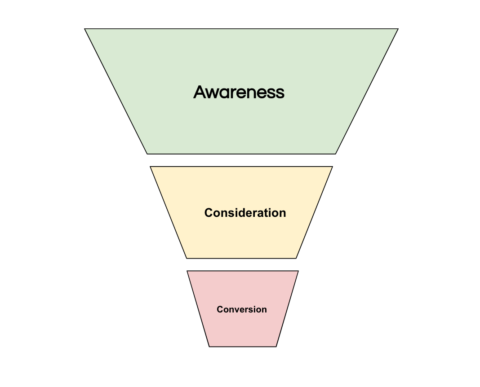
Upper funnel advertising should be a blend of reach and quality. The perfect placement will position your brand in front of the largest possible portion of your target audience.
Let’s explore a few common advertising tactics used to target customers at the top of the purchase funnel and build awareness of your brand, product, or service.
Display Advertising
Display advertising can be run across networks such as the GDN (Google Display Network) and numerous other advertising networks.
According to Google, its display network reaches 92 percent of all Internet users expanding across 2 million sites!
An example of display for generating awareness can be seen in the ad below.
A grocery store is creating awareness of deals in-store. This ad will likely never be credited with conversion value. Its sole purpose is to drive awareness of an offer that people may eventually consider.

To make the best use of display advertising, you’ll need to lean on the options available to target users who share demographic information and interests matching your target customer personas.
I’ve previously written a post here on SEJ covering some advanced display network targeting tactics. But if your goal is to reach as many people as possible, then you might not want to add too many targeting layers to your display ad groups and reduce potential reach.
You should, however, set up multiple different targeting methods in separate ad groups so you’re able to modify bids on each combination without limiting overall reach.
Here are some basic combinations to get you started on Google Display network:
Age + Gender + Affinity Audience
Affinity targeting is like interest targeting, matching your ads with users who visit sites of the same topic. Consider an affinity a long-term interest in a particular topic.
Managed Placements
A managed placement means controlling the websites your ads are placed on. This is the most direct way to target a website you deem relevant to your target audience.
Topics + Affinity Audience + Placements
Topic targeting allows you to target sites matching a defined topic.
Topic targeting will allow you to reach a wider audience than managed placements but the sites you appear depending on Google’s topic categorization. Placements may not be as relevant as sites you’ve chosen yourself
Custom Affinity Audiences
Custom affinity is a more refined version of standard affinity targeting.
Criteria for setting up a custom affinity audience is a minimum of five different interests, URLs, places or apps that describe the audience you’re looking to target.
For best results, I would recommend sticking with a combination of interests and URLs:
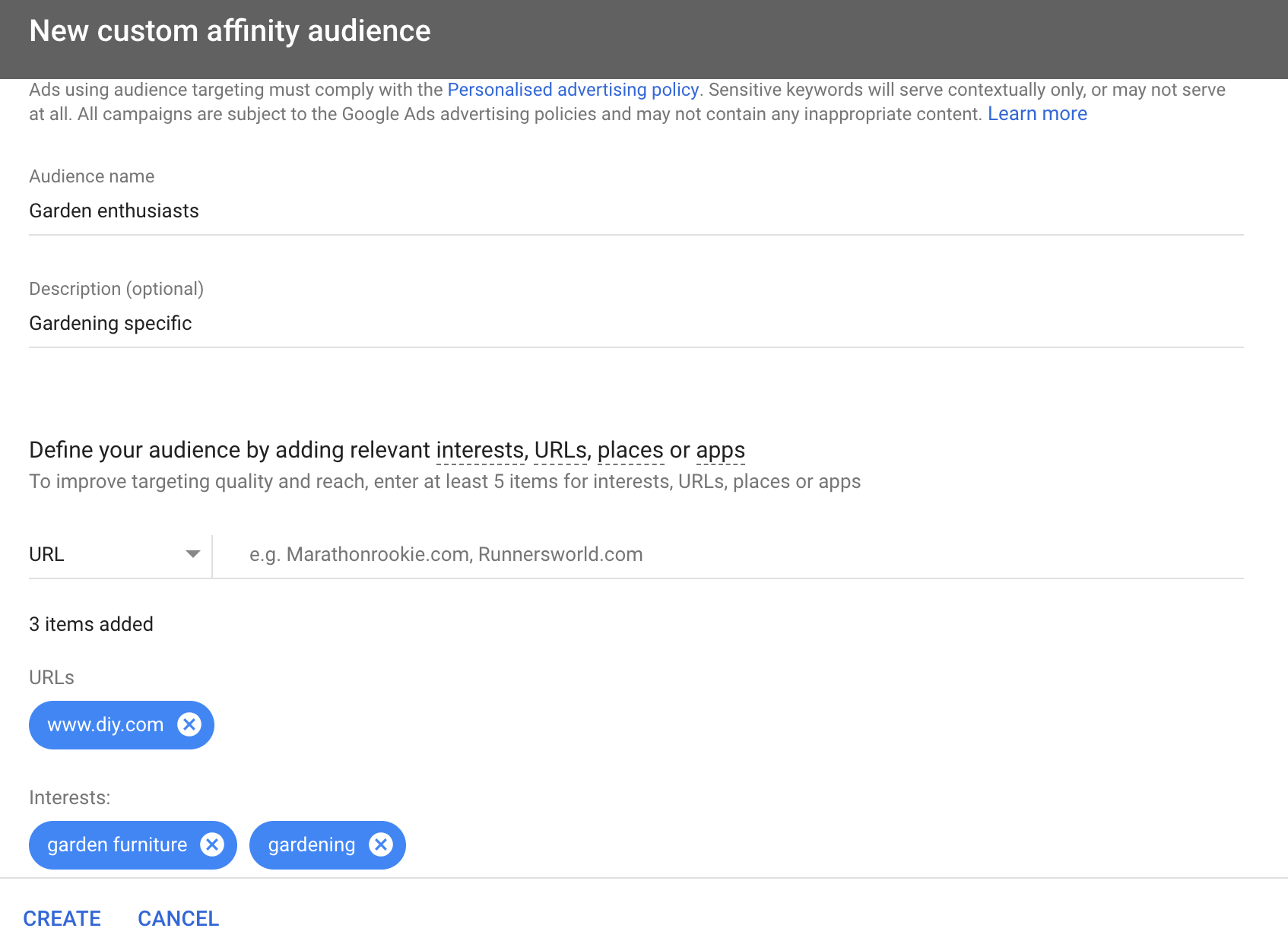
Measuring Display Advertising Success
Display advertising often won’t result in a direct conversion and so should be assessed differently to bottom of the funnel advertising activity, typically judged on last interaction attribution.
Performance metrics you should be using to judge the success of a display campaign include:
Brand Awareness
Any increase in search activity resulting from a display campaign should be monitored and annotations should be used in Google Analytics to denote the dates in which your display campaigns launched.
- Use metrics such as new site visitors to judge how successful your campaigns are at increasing brand recognition and overall site traffic.
- Impressions can be used as a measure of how many times your ads have been served on targeted sites.
- Reach and frequency metrics will show many people have been served your ads and how frequently the same people were shown them over a certain period of time:
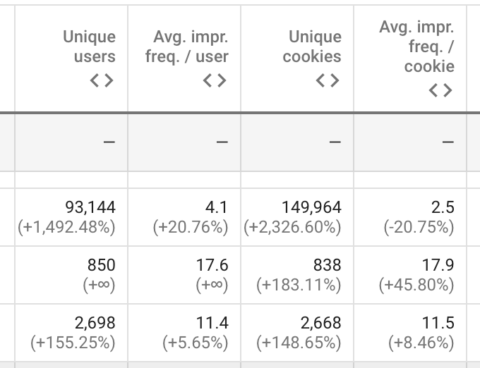
Engagement
This is the amount of interaction with your display advertisements can be measured using metrics such as:
- Engagements happen whenever a user taps, clicks or expands your ad if using lightbox ads.
- Clicks through to your website landing pages.
Direct Response
The number of desired conversion actions taken whenever your ads have been served – metrics such as:
- View through conversions: Track the contribution from display on conversions where a user has viewed a display ad and later converted via another channel. (More here.)
- Assisted conversion value: Track the contribution made by display on overall conversions (people who’ve clicked through to your site and later converted through another channel).
After you’ve been running any display activity, regularly check both Google Analytics and Search Console to monitor any increases in:
- Direct or organic traffic.
- Organic branded search volume.
Video Advertising
Much like display, video advertising can offer huge reach.
Video advertising has been more commonly used for B2C. But recent stats released through Think with Google report that video is having more influence in the B2B decision making process than originally thought.
- Nearly half of all B2B researchers are millennials and reportedly watch video during the entire path to purchase.
- Nearly half of these researchers are viewing 30 minutes or more of B2B-related videos during their research process, and almost one in five watch over an hour of content!
When it comes to online video advertising, there’s little doubt that YouTube is the market leader.
YouTube
YouTube offer the following video advertising options:
- TrueView skippable ads: Ads which can be skipped after 5 seconds. Advertised before, during, or after a video.
- Advertisers are billed if a viewer watches for at least 30 seconds or clicks on elements of the video.
- TrueView discovery ads: Ads that appear beneath a video, on search results pages or on the YouTube homepage to encourage users to watch an ad:
- Advertisers billed whenever a user clicks the ad.
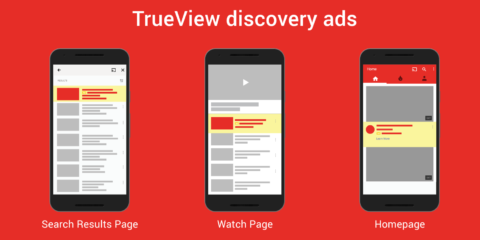
- Non-skippable video ads: Non-skippable ads that appear pre-, mid-, or post-roll while viewing partner content.
- Advertisers charged on a CPM basis which can be more expensive than other ad formats.
- Bumper ads: Non-skippable video ads up to 6 seconds that play before a video can be viewed.
- Advertisers are charged on a CPM basis which again can be more expensive than other ad formats.
Consider using YouTube if you already have (or are capable of creating) high quality videos that you can use to run as awareness ads.
YouTube Targeting Options
YouTube provides advertisers with the same targeting options as GDN activity.
Ads can be targeted based on:
- Demographics.
- Interests (including custom affinity and in-market audiences).
- Topics.
- Keywords.
- Placements (YouTube channels and videos).
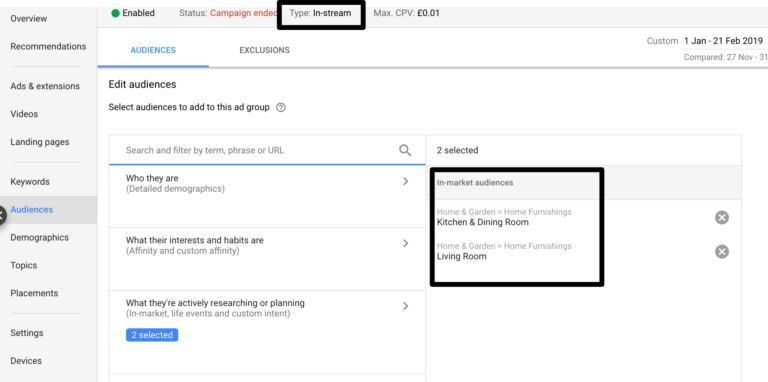
Using Social Media for Video Advertising
Social networks including Facebook, Instagram, and Snapchat are prime real estate for generating awareness.
Usage research indicates that:
- 81 percent of adults age 18 to 29 are on Facebook, alongside 78 percent of adults age 30 to 49.
- 64 percent of adults are 18 to 29 are on Instagram, alongside 40 percent of adults age 30 to 49.
With a multitude of social networks available to run video ads, you need to:
- Start out by defining who your target audience is.
- Match your target audience with the right social media platform.
Spending money on a platform that lacks active users from your target audience would be a huge waste of advertising budget!
Measuring Video Advertising Success
If you’re looking purely at conversion metrics, expect to see a low conversion rate, and high CPL on YouTube ads. Measures you should be tracking to analyze the performance of your video ads include:
Awareness
Measure the impact your video advertising is having on brand awareness with metrics such as:
- Impressions and view rate: Measuring how many people saw your videos and who watched the full ad.
- YouTube advertisers serving over 1.5 million impressions can also take advantage of brand lift. This is used to assess “direct impact YouTube ads are having on perceptions and behaviors throughout the consumer journey.”
Engagement
Engagement metrics include watch time, likes, shares, and comments. This will provide a basic barometer of how your audience is responding to your videos.
Conversion
Though not the aim of upper funnel ads, you can measure traditional direct response metrics such as clicks and conversions (including view through conversions) related to your video ads in the Google Ads interface:

Other methods of assessing the impact of video ads on brand awareness include Google consumer surveys. This tool will allow you to create short surveys for approximately $3.00 per form submission (or as little as $1.50 for a single question survey).
Conclusion
Measuring the success of upper-funnel advertising is a well-known industry challenge.
It’s easy to measure direct response (conversion) metrics. However, marketers still lack a consistent means of measuring the effectiveness of upper-funnel advertising.
Last-click attribution models incentivize marketers to target users who are already aware of a brand, product, or service.
Upper funnel advertising tactics tend to receive less budget because they receive less credit for the part they play in sales.
Display isn’t allocated the value it deserves in most cases. Many advertisers are still measuring its success through last-click models, when we know that only a small fraction of users ever click on display and video ads.
As the industry continues to develop, attribution modeling should allow advertisers to shift budgets across the full marketing funnel. Advertisers must understand that each user is different and the path to purchase is less likely to be linear as time goes by.
For now, using a mix of upper funnel advertising tactics will help you nurture more leads toward purchase. And ultimately, this will lay the foundation for sustainable growth.
More Resources:
- Developing a Sustainable PPC Strategy: What You Need to Know
- 4 Key GDN Settings to Check for Smarter Ad Spend
- PPC 101: A Complete Guide to Pay-Per-Click Marketing Basics
Image Credits
All screenshots taken by author, March 2019.





